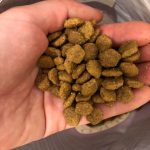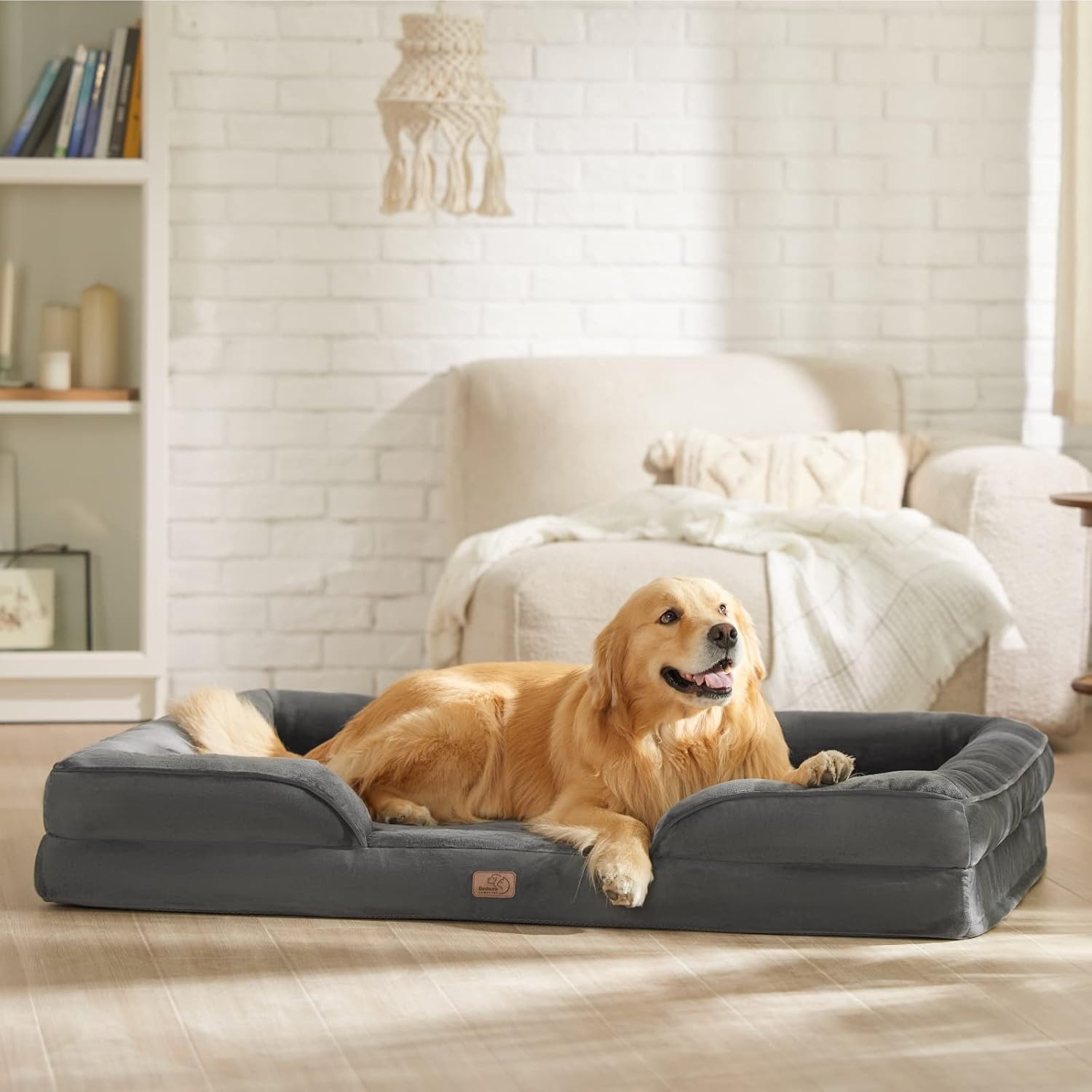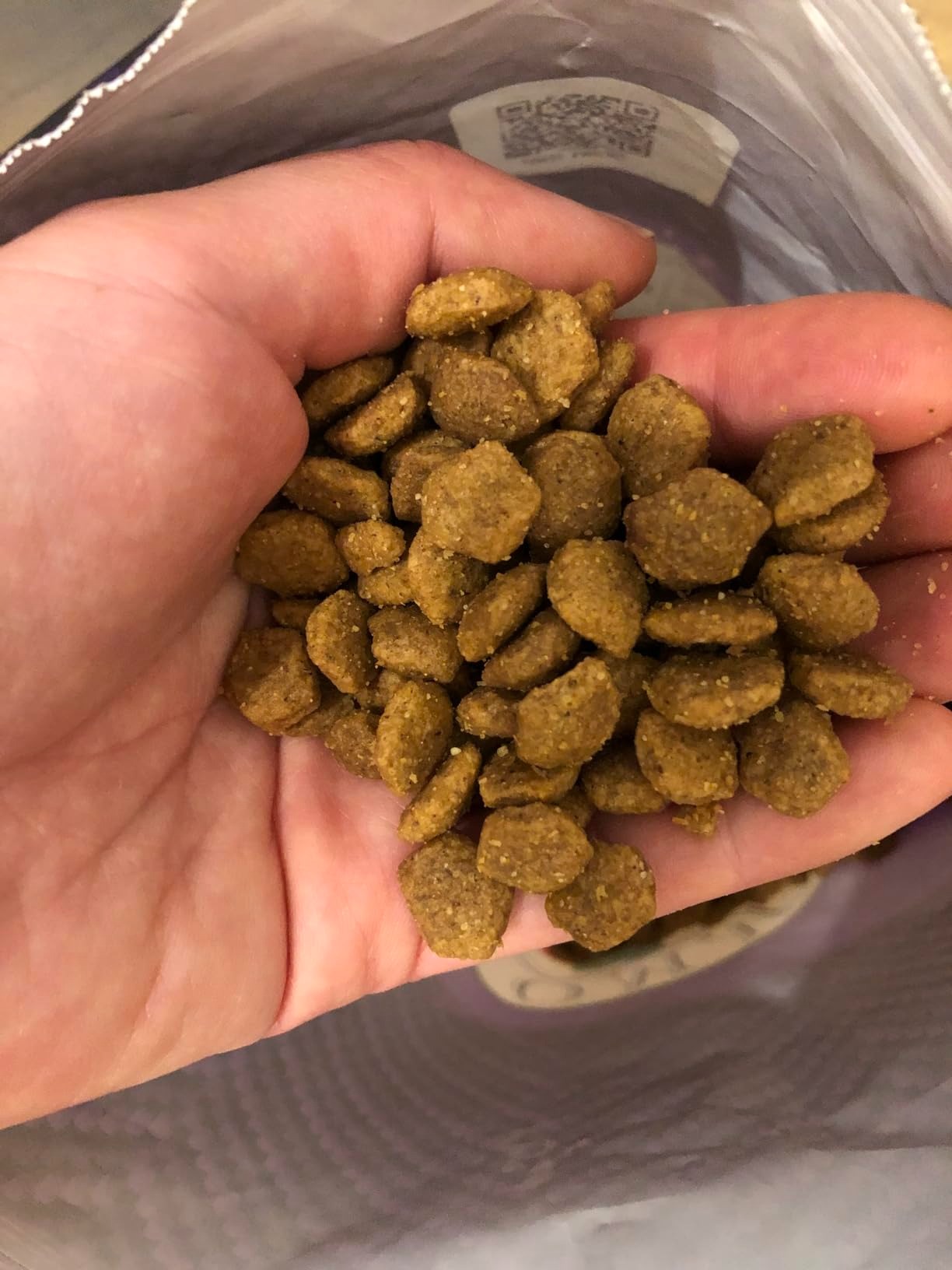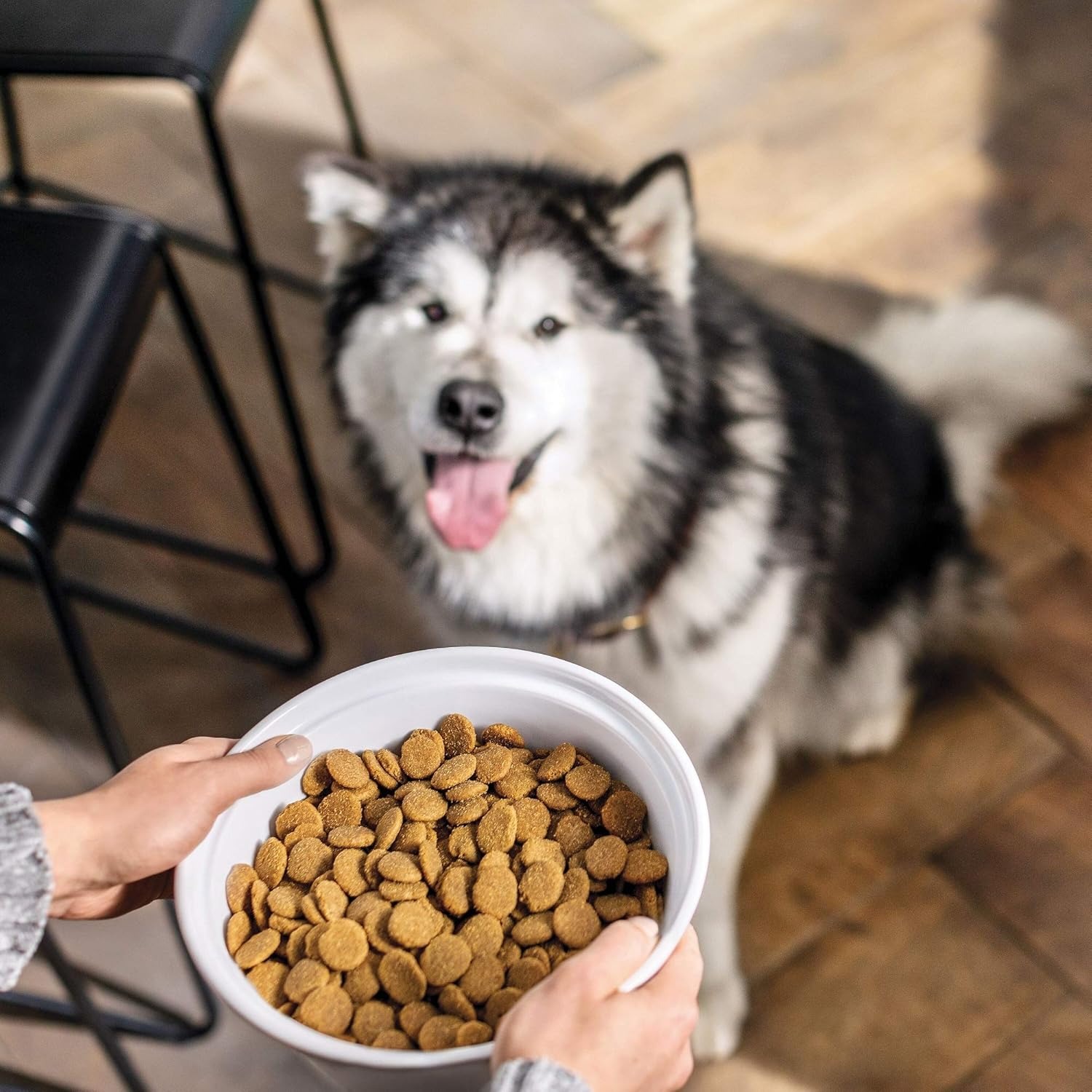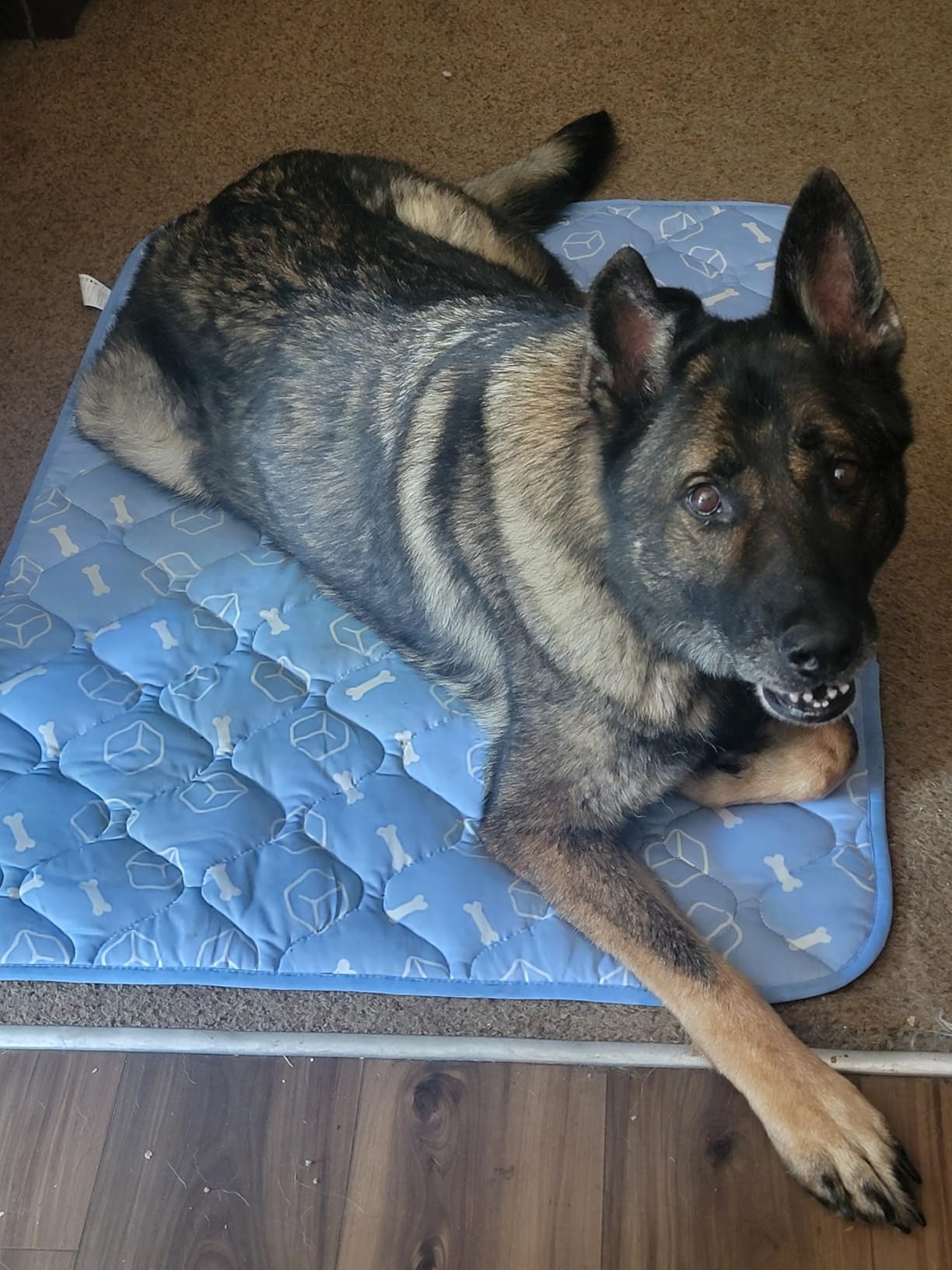Why Dental Care Is Essential for Dogs
The Importance of Oral Hygiene in Dogs
How to brush dog teeth? Proper oral hygiene is key to keeping your dog healthy. Clean teeth prevent plaque and tartar buildup. These buildups can lead to gum disease and bad breath. Brushing helps protect your dog’s teeth from decay. Healthy teeth also ensure they can chew food properly. Regular dental care keeps your dog’s mouth free from harmful bacteria. It boosts their overall health and well-being.
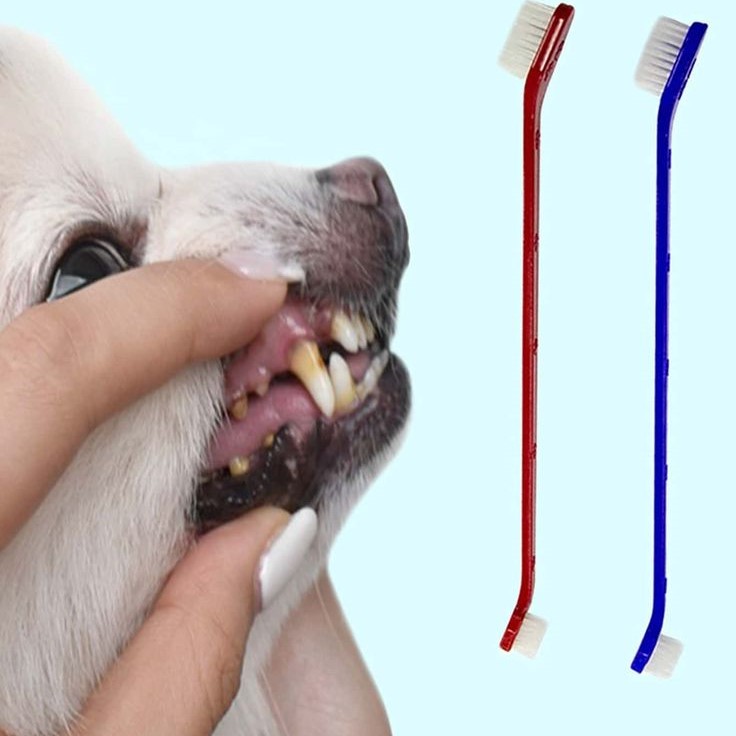
Potential Health Risks of Neglecting Dental Care
Neglecting your dog’s dental care can cause serious issues. Plaque buildup can turn into tartar and lead to gum disease. Gum disease may result in tooth loss and pain. Bacteria from the mouth can enter the bloodstream, causing infections. Poor dental health can lead to heart, kidney, or liver problems. Neglected teeth might make eating painful for your dog. This could affect their nutrition and energy levels. Regular care helps avoid these risks and ensures they live a happy, healthy life.
Choosing the Right Tools for Dog Dental Care
How to brush dog teeth? To brush your dog’s teeth effectively, the right tools are essential. Using proper supplies ensures comfort and safety for your dog. Choosing the right toothbrush and toothpaste tailored for dogs is crucial.
Types of Toothbrushes Suitable for Dogs
Dog-specific toothbrushes come in different designs to fit various needs. Finger brushes are compact and easy for beginners. They allow you to control brushing in tight spaces. Double-ended toothbrushes have small and large heads for versatile use. These are ideal for small and large breeds alike. Long-handled toothbrushes work well for reaching back teeth. Choose soft bristles to avoid damaging your dog’s gums. Select a design that fits your dog’s mouth size and comfort level.
Best Dog-Friendly Toothpaste Options
Never use human toothpaste for your dog. It often contains harmful ingredients like fluoride. Dog-friendly toothpaste comes in tasty flavors such as chicken or peanut butter. These make brushing more enjoyable for your dog. Look for enzymatic toothpaste that breaks down plaque effectively. Ensure the toothpaste you choose is veterinary-approved. Natural toothpaste with limited chemicals can be a safer option. Test different flavors to see what your dog prefers, making the experience positive.

Preparing Your Dog for Teeth Brushing
How to brush dog teeth? Getting your dog ready for teeth brushing is vital for success. Preparation helps make the process stress-free and enjoyable. Start by gradually introducing the brushing routine and creating a calm setting for your dog.
Steps to Acclimate Your Dog to the Process
- Introduce the toothbrush: Let your dog sniff and examine the toothbrush first.
- Choose a tasty toothpaste: Use dog-friendly toothpaste in flavors your dog likes.
- Start slow: Rub a small amount of toothpaste on their teeth using your finger.
- Focus on comfort: Hold your dog gently to avoid scaring them.
- Begin with short sessions: Brush for a few seconds initially to build trust.
- Offer rewards: Give treats or praise afterward to reinforce good behavior.
- Be consistent: Repeat these steps daily to create a reliable routine.
Creating a Calm Environment for Brushing
- Pick a quiet space: Avoid noisy areas that may distract your dog.
- Sit at their level: Stay close and maintain a relaxed posture.
- Use a familiar setting: Choose a spot your dog feels comfortable in.
- Keep distractions away: Turn off TVs and keep other pets out of sight.
- Speak calmly: Use soothing tones to comfort your dog.
- Take breaks if needed: Stop if your dog gets overwhelmed and try again later.
Proper preparation ensures your dog accepts teeth brushing as part of their care routine. A calm and positive environment makes them feel safe and reduces stress while brushing.
Techniques for Brushing Your Dog?s Teeth
Regular brushing is vital for maintaining your dog?s oral health. Following the right techniques ensures that their teeth stay clean and strong. Here’s how to make the process effective and stress-free:
Step-by-Step Guide to Effective Brushing
- Start with a calm dog: Choose a time when your dog is relaxed.
- Prepare the tools: Use a dog-specific toothbrush and dog-friendly toothpaste.
- Position your dog: Have them sit or lie in a comfortable spot.
- Lift the lips gently: Expose the teeth without causing discomfort.
- Begin at the back teeth: Brush in small circles, one section at a time.
- Move to the front teeth: Brush using the same circular motions.
- Clean along the gum line: Be gentle to avoid irritating their gums.
- Brush for two minutes: Ensure every tooth gets attention within that time.
- Praise and reward: Finish with a treat or positive words to reinforce good behavior.
- Stay consistent: Brush daily or at least a few times a week for the best results.
Tips for Handling Resistance from Your Dog
- Stay patient: Avoid rushing, especially if your dog is anxious.
- Use gradual steps: If they resist brushing, ease into it over several days.
- Make it enjoyable: Choose toothpaste flavors they like, such as chicken or peanut butter.
- Distract with rewards: Praise or provide treats to keep them motivated during and after brushing.
- Keep sessions short: Start with brief brushing times, then gradually increase as they tolerate it better.
- Watch for discomfort: If they appear in pain, stop and consult your vet.
- Train positively: Use gentle tones and encourage them calmly throughout the process.
Effective brushing and understanding your dog?s reaction are key to healthy teeth. With time and consistency, brushing will become an easy routine.
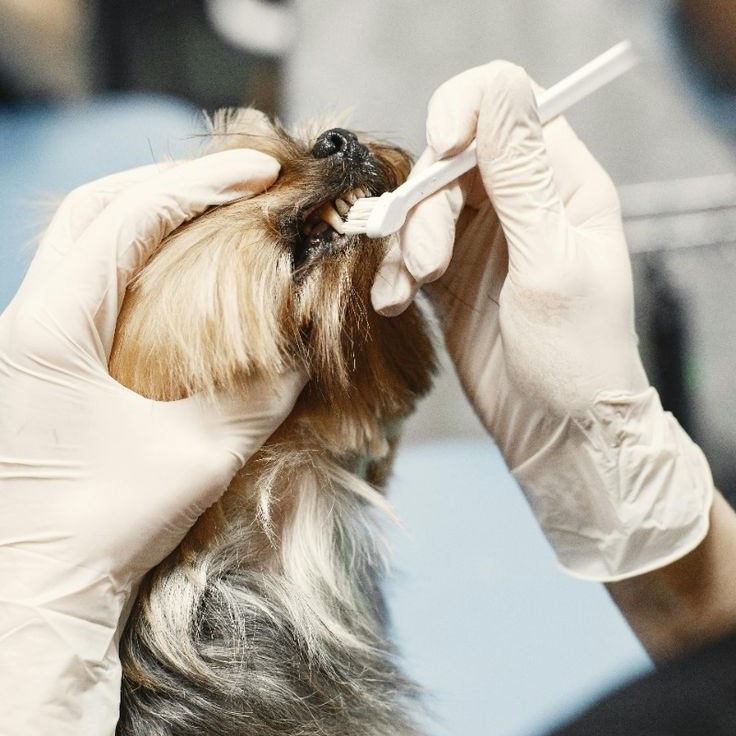
How Often Should You Brush Your Dogs Teeth?
Brushing your dogs teeth regularly promotes strong teeth and prevents dental disease. A consistent schedule helps maintain their oral health effectively. Let’s explore the recommended frequency and how to adjust it based on your dog’s needs.
Recommended Frequency for Optimal Dental Health
- Daily brushing is ideal: This helps prevent plaque buildup and ensures cleaner teeth and gums.
- Minimum: three times a week: Brushing at least every other day minimizes tartar development.
- Follow vet guidance: Some dogs with dental issues may need brushing more frequently.
- Consistency is key: Sticking to a routine makes brushing easier for you and your dog.
Daily brushing is the gold standard, but even a few times a week can make a difference.
Adjusting Routine Based on Your Dog?s Needs
- Age matters: Puppies may need gentler and shorter brushing sessions due to small, sensitive teeth.
- Breed differences: Some breeds are more prone to dental issues and need brushing more often.
- Dietary factors: Dogs eating soft foods may require more frequent brushing than those on dry kibble.
- Health status: Dogs with existing dental problems may need tailored care, as advised by a vet.
- Behavior adjustment: For anxious dogs, start slow and gradually build up to regular brushing.
Adapt your routine based on your dog?s dental health and lifestyle. Regular monitoring ensures their needs are met effectively.
Additional Dental Care Options for Dogs
Brushing your dog’s teeth is essential, but it’s not the only dental care option. Incorporating additional methods can further support your dog’s oral health. These supplements help reduce plaque and tartar while keeping your dog’s teeth and gums healthy.
Dental Chews and Treats to Supplement Brushing
- Plaque reduction: Dental chews are designed to minimize plaque and tartar buildup.
- Chewing action: The act of chewing helps clean surfaces that brushing might miss.
- Great flavors: Most chews come in flavors dogs enjoy, making them a treat they love.
- Enzymatic options: Some chews contain special enzymes for improved dental care.
- Frequency matters: Offer dental chews a few times a week to maximize benefits.
- Vet-recommended products: Look for chews approved by veterinarians for safe usage.
- Combine with brushing: Chews support brushing but don’t replace it as the main dental care method.
Dental treats can be fun and effective in boosting your dog’s oral hygiene. Always choose high-quality options with proven benefits.
Professional Cleaning Services for Dogs
- Thorough cleaning: Vets use professional tools to remove plaque and tartar effectively.
- Under anesthesia: Dogs are safely anesthetized for a stress-free and thorough procedure.
- Preventive care: Regular professional cleanings reduce the risk of dental diseases.
- Recommendations: Most vets suggest cleanings once a year, depending on your dog’s needs.
- Identify problems: Vets check for signs of dental issues like infections or gum disease.
- Follow-up care: Maintain clean teeth at home after professional treatments.
- Cost factors: While professional cleanings may cost more, they are vital for long-term health.
Dental chews and professional cleanings work together with brushing to keep your dog’s mouth healthy. Using all available options ensures the best results for your pet’s dental care.
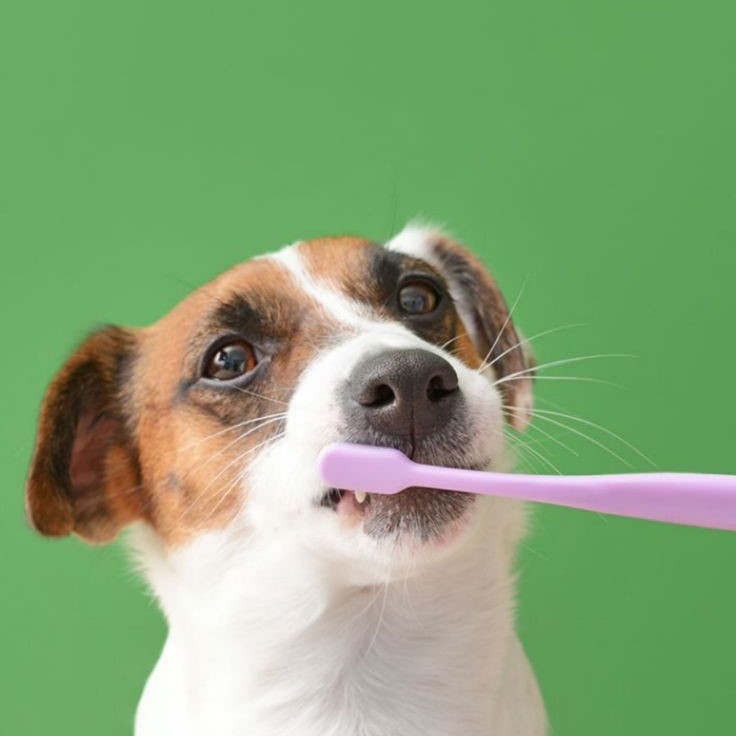
Common Mistakes to Avoid
How to brush dog teeth? When it comes to brushing your dog’s teeth, some common mistakes can hinder progress or harm your pet‘s dental health. These errors are easily avoidable with the right knowledge and preparation.
Using Human Toothpaste on Dogs
- Harmful ingredients: Human toothpaste contains fluoride and xylitol, which are toxic to dogs.
- Unsafe flavors: Mint or other unnatural flavors can upset your dog’s stomach.
- Foaming action: Human toothpaste creates foam that dogs find hard to swallow.
- Dog-specific options: Use dog-friendly toothpaste in flavors like chicken or peanut butter.
- Proper vet guidance: Always seek advice from your vet when choosing a toothpaste for your dog.
Stick to veterinary-approved, dog-specific toothpaste to ensure safe and effective brushing.
Ignoring Signs of Dental Problems
Bad Breath
- Persistent Odor: If your dog’s breath has a consistently foul smell, it could be more than just poor hygiene. This persistent odor might indicate underlying health issues, such as gum disease or an infection.
- Potential Causes: Bad breath in dogs can stem from several causes, including the buildup of plaque and tartar, dental abscesses, or even systemic diseases affecting the kidneys or liver.
- Importance of Dental Care: Regular dental care, including tooth brushing and professional cleanings, can help mitigate bad breath. If the issue persists despite good dental hygiene, consult a veterinarian for further examination.
Bleeding Gums
- Signs of Gum Disease: Look for any signs of redness, swelling, or bleeding around your dog’s teeth and gums. These symptoms are often the first indicators of periodontal disease, which can lead to more severe health problems if left untreated.
- Behavioral Changes: Dogs may exhibit discomfort or pain while eating if they have inflamed gums. Pay attention to any changes in their eating habits, such as reluctance to chew or favoring certain sides of their mouth.
- Early Intervention: If you notice bleeding or swelling, it’s crucial to seek veterinary care promptly. Early intervention can help treat gum disease and prevent progression to more serious dental issues.
Tooth Loss
- Missing Teeth as a Red Flag: If you notice that your dog is missing teeth, this could be a sign of advanced dental disease. Losing teeth often suggests that the dental health of your dog has deteriorated significantly.
- Underlying Issues: Tooth loss can result from periodontal disease, tooth resorption, or traumatic injury. It’s essential to identify the underlying cause and address it immediately to prevent further complications.
- Veterinary Examination: Regular visits to the vet can help monitor your dog’s dental health. If tooth loss is seen, a thorough dental exam will determine the best course of action to restore oral health.
Eating Difficulties
- Changes in Eating Habits: If your dog is suddenly avoiding chewing their food, dropping food, or only eating soft items, it may signal problems within their mouth. This behavior often indicates discomfort or pain associated with dental issues.
- Monitoring Food Choices: Pay attention to what your dog decides to eat or avoid. If they consistently drop hard treats or refuse to chew kibble, it’s an essential clue that may require further investigation.
- Vet Consultation: Difficulty eating can lead to health concerns like weight loss or malnutrition. Consulting your veterinarian for a dental check-up can ensure that any potential issues are identified early.
Pain Signs
- Behavioral Indicators: Keep an eye out for signs of pain, such as your dog pawing at their mouth, shaking their head, or whining while eating. These behaviors can indicate oral discomfort or pain that might be linked to dental health issues.
- Vocalizations: If your dog whines or yelps when you try to touch their face or mouth, it may signify that they are experiencing pain. This reaction deserves prompt attention from a veterinarian.
- Physical Exam: If you observe these pain signs, it’s essential to examine your dog’s mouth carefully, if they will allow it, for any visible issues like swelling, broken teeth, or foreign objects lodged in their gums.
Vet Visits
- Importance of Regular Checkups: Regular veterinary dental checkups are crucial for maintaining your dog’s oral health. These visits can catch potential problems early before they become serious concerns.
- Professional Cleanings: During veterinary visits, professionals can perform cleanings that remove plaque and tartar buildup that regular brushing might miss. These cleanings play a vital role in preventing dental disease and associated complications.
- Preventative Care: In addition to checkups and cleanings, your veterinarian can provide guidance on at-home dental care routines, including proper brushing techniques, dietary recommendations, and suitable dental treats to maintain your dog’s oral health.
Pay attention to warning signs to ensure your dog’s dental health stays in top shape. Prevention and proper care are key to avoiding painful and costly issues. By being mindful of these common mistakes, you’ll create a safe and effective dental routine for your furry friend.
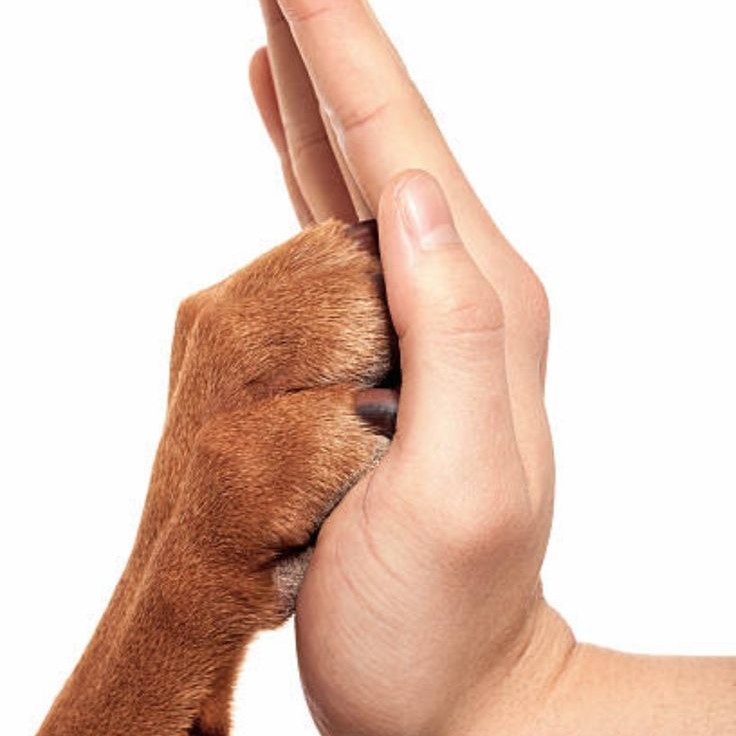
Conclusion: Happy and Healthy Smiles
In summary, understanding how to brush dog teeth is critical to ensuring your pet’s overall health. By using the right tools, techniques, and establishing a routine, you can maintain your dog’s dental hygiene effectively. Remember that regular vet visits are also essential. Together, all these steps contribute to a happier, healthier life for your loyal companion. Start today, and you’ll notice the difference in your pet’s smile and overall well-being!

